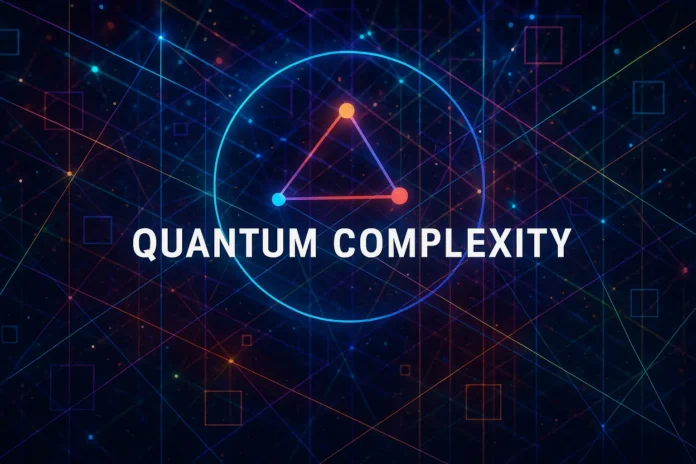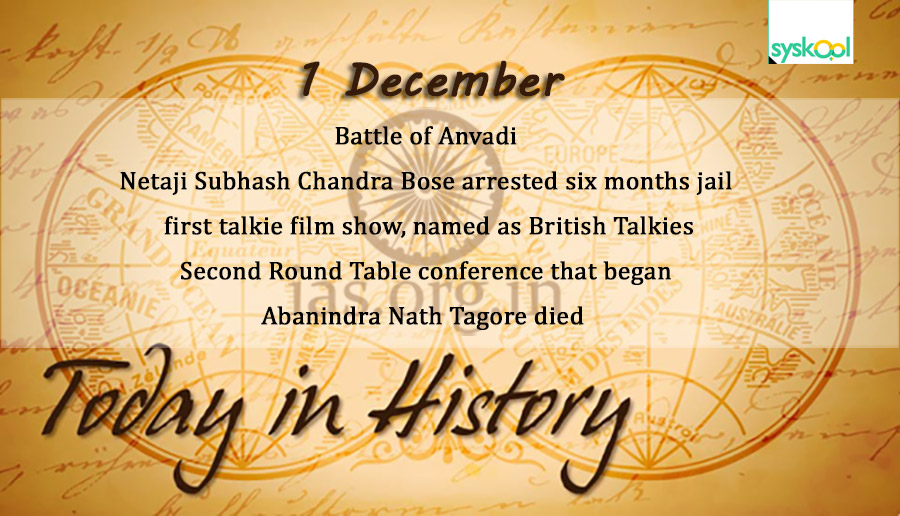Table of Contents
- Introduction
- What Is Computational Complexity?
- Importance in Computer Science and Physics
- Time and Space Complexity
- Big O Notation
- Worst, Average, and Best-Case Complexity
- Complexity Classes Overview
- P: Polynomial Time
- NP: Nondeterministic Polynomial Time
- NP-Complete Problems
- NP-Hard Problems
- co-NP and Beyond
- PSPACE and EXPTIME
- Reductions and Completeness
- Hierarchy Theorems
- Oracle Machines and Relativization
- Randomized Complexity Classes: BPP, RP, ZPP
- Counting Classes: #P
- Quantum Complexity Classes: BQP
- Interactive Proofs: IP and PCP
- Time-Space Trade-offs
- Practical Applications of Complexity Theory
- Cryptography and Complexity
- Limitations of Algorithms
- Open Problems and the P vs NP Question
- Conclusion
1. Introduction
Computational complexity theory is a foundational area of theoretical computer science that studies the intrinsic difficulty of computational problems. It categorizes problems based on the resources needed—typically time and space—to solve them.
2. What Is Computational Complexity?
It answers questions like:
- How fast can a problem be solved?
- Can we do better than brute-force?
- Are there problems we can never solve efficiently?
The goal is to classify problems and relate them to each other in terms of computational difficulty.
3. Importance in Computer Science and Physics
- Guides algorithm design
- Underpins cryptographic security
- Informs limits of quantum and classical computers
- Shapes understanding of what is feasible to compute
4. Time and Space Complexity
- Time Complexity: Number of steps an algorithm takes
- Space Complexity: Amount of memory used
Both are expressed in terms of the input size \( n \).
5. Big O Notation
Describes asymptotic behavior:
\[
O(f(n)) = \text{At most proportional to } f(n)
\]
Examples:
- \( O(1) \): Constant time
- \( O(n) \): Linear
- \( O(n^2) \): Quadratic
- \( O(2^n) \): Exponential
6. Worst, Average, and Best-Case Complexity
- Worst-case: Max time for any input
- Average-case: Expected time over distribution of inputs
- Best-case: Fastest time (often not meaningful alone)
7. Complexity Classes Overview
Groups problems with similar resource requirements:
- P, NP, PSPACE, EXP, etc.
- Defined with respect to Turing machines
8. P: Polynomial Time
Problems solvable by a deterministic Turing machine in polynomial time.
\[
\text{Example: Sorting, matrix multiplication, primality testing}
\]
9. NP: Nondeterministic Polynomial Time
Problems verifiable (not necessarily solvable) in polynomial time.
\[
\text{Example: SAT, subset sum, Hamiltonian cycle}
\]
10. NP-Complete Problems
Hardest problems in NP:
- Any NP problem can be reduced to them
- If any NP-complete problem is in P, then P = NP
11. NP-Hard Problems
At least as hard as NP-complete problems:
- May not be in NP (e.g., Halting Problem)
- Not necessarily decision problems
12. co-NP and Beyond
- co-NP: Complement of NP
- Related to proving that answers are no, not yes
- Open question: Is NP = co-NP?
13. PSPACE and EXPTIME
- PSPACE: Polynomial space problems
- EXPTIME: Problems solvable in exponential time
Hierarchy:
\[
\text{P} \subseteq \text{NP} \subseteq \text{PSPACE} \subseteq \text{EXPTIME}
\]
14. Reductions and Completeness
Reduction: Transform one problem into another in polynomial time
Used to prove hardness and completeness
15. Hierarchy Theorems
- Show that more resources yield more power
- Time hierarchy: \( \text{TIME}(n) \subsetneq \text{TIME}(n^2) \)
- Space hierarchy: \( \text{SPACE}(n) \subsetneq \text{SPACE}(n \log n) \)
16. Oracle Machines and Relativization
Oracle machines have access to an external problem solver:
- Used to study theoretical limits
- Some oracles show \( P = NP \), others \( P \ne NP \)
17. Randomized Complexity Classes: BPP, RP, ZPP
- BPP: Bounded-error probabilistic polynomial time
- RP: Randomized polynomial time (no false positives)
- ZPP: Zero-error probabilistic polynomial time
18. Counting Classes: #P
Counts the number of solutions, rather than deciding yes/no.
\[
\text{Example: #SAT counts satisfying assignments}
\]
19. Quantum Complexity Classes: BQP
- BQP: Bounded-error Quantum Polynomial time
- Problems solvable efficiently by a quantum computer
\[
\text{Example: Shor’s algorithm, Grover’s search}
\]
20. Interactive Proofs: IP and PCP
- IP: Verifier and prover exchange messages
- PCP: Verifier checks proof by inspecting few bits
- Key for hardness of approximation
21. Time-Space Trade-offs
Algorithms may trade time for space, and vice versa:
- In-place sorting uses less memory but more time
- Preprocessing saves time but increases memory use
22. Practical Applications of Complexity Theory
- Compiler optimization
- Cryptographic security
- Circuit design
- Complexity-aware AI systems
23. Cryptography and Complexity
Public key cryptography depends on:
- Difficulty of factoring (RSA)
- Discrete logarithm problem (ECDSA)
Quantum threats (e.g., Shor’s algorithm) challenge classical assumptions.
24. Limitations of Algorithms
Some problems are:
- Undecidable (Halting Problem)
- Intractable (TSP for large \( n \))
- Heuristically solvable but not provably fast
25. Open Problems and the P vs NP Question
Most famous open problem:
\[
\text{Is P = NP?}
\]
A “yes” would revolutionize optimization, AI, and cryptography.
26. Conclusion
Computational complexity classifies problems and algorithms based on efficiency. It illuminates what can be solved quickly, what is fundamentally hard, and what might require radically new tools—like quantum computers—to crack. It remains one of the most intellectually rich and practically important areas of computing and mathematics.
.




